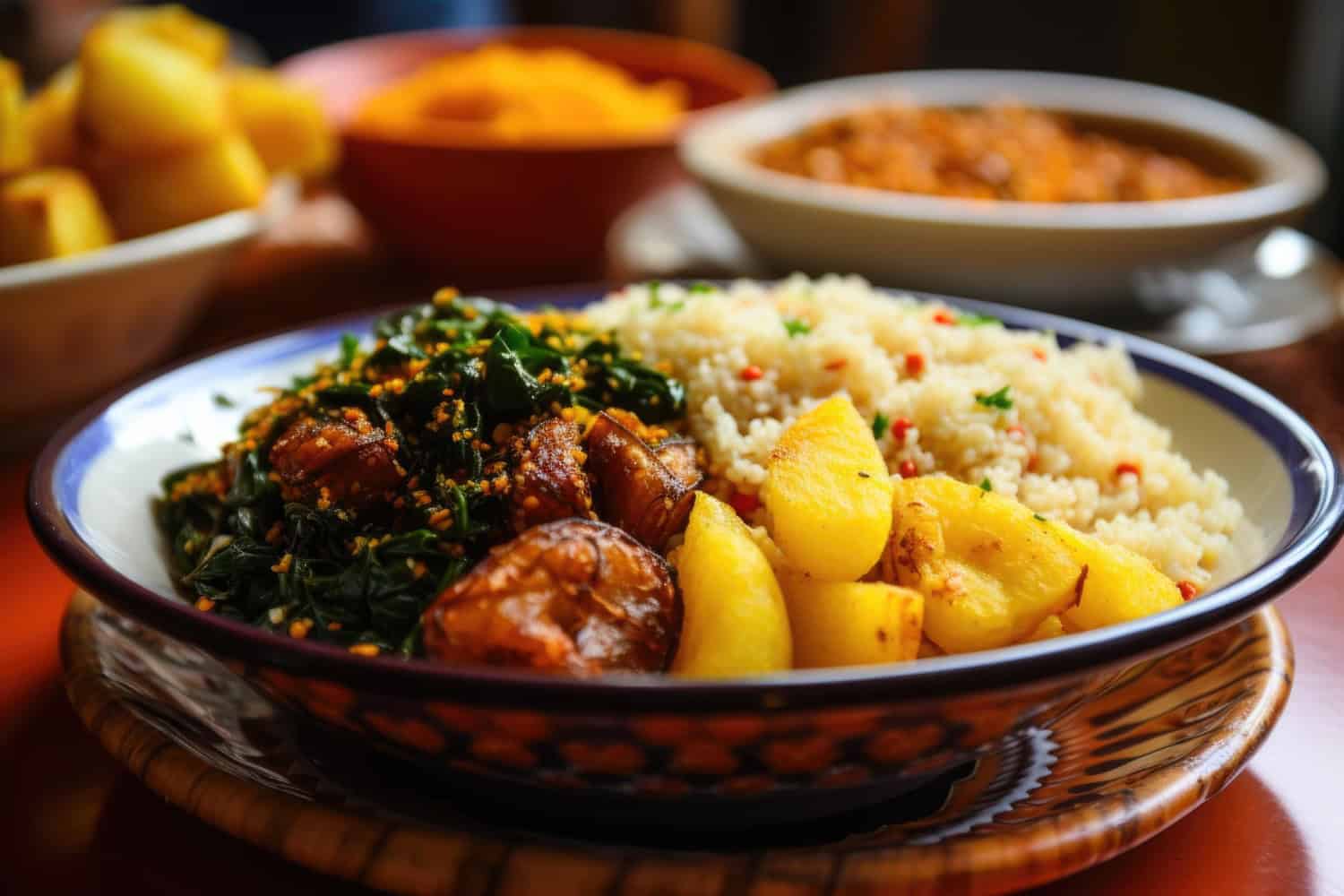
Discovering the rich flavors of brazilian cuisine
Brazilian cuisine is a vibrant tapestry of flavors, aromas, and traditions that reflect the country’s rich cultural diversity. Each region in Brazil has developed its own unique culinary identity, influenced by indigenous ingredients, colonial history, and the mix of cultures that have settled throughout the country. In this blog, we’ll embark on a journey through Brazil’s culinary landscape, uncovering the regional specialties that make Brazilian food so exciting and varied!
The essence of brazilian cuisine
Brazilian cuisine is as diverse as its landscapes, from the coastal regions to the dense Amazon rainforest. The key to understanding Brazilian food lies in its regional diversity. Each state and region offers a distinct set of ingredients and cooking methods that contribute to a unique culinary experience. Whether it’s the African-inspired dishes of the Northeast or the European influences found in the South, Brazilian food tells the story of a nation rich in cultural fusion.
North: amazonian delicacies
The cuisine of Northern Brazil, particularly in the Amazon region, is heavily influenced by indigenous practices. The abundance of exotic fruits, river fish, and local herbs makes this region’s food both unique and intriguing.
Some of their most popular dishes are Tacacá, a soup made with tucupi, a yellow sauce derived from manioc, jambu leaves, and shrimp. It’s a staple in Amazonian cuisine. Another favorite is Pato no Tucupi, which is duck cooked in the tangy tucupi sauce and seasoned with jambu leaves, offering a slightly numbing taste experience.
Finally, while açaí is known worldwide as a superfood and is often enjoyed as a dessert with toppings like fruits, condensed milk, and peanut butter, in the North, açaí is traditionally consumed as a savory main dish, often accompanied by fish and manioc flour or tapioca.
Read more at: Health benefits of açaí
Northeast: A blend of african heritage
The Northeast of Brazil is known for its spicy and flavorful dishes, many of which are rooted in African culinary traditions brought over by enslaved people. The use of dendê oil (palm oil) and coconut milk are signature elements in this region’s cuisine.
Among the most celebrated dishes are Moqueca, a seafood stew made with coconut milk, dendê oil, tomatoes, and peppers – this dish varies slightly from state to state but remains a favorite across the Northeast. Acarajé, another iconic dish, consists of deep-fried balls of black-eyed pea dough stuffed with vatapá, a creamy paste made from shrimp, bread, and coconut milk. Lastly, Baião de Dois is a comforting blend of rice and beans mixed with cheese, dried meat, and spices, embodying the hearty and robust flavors of the region.
Southeast: A culinary melting pot
The Southeast is home to Brazil’s largest cities – São Paulo and Rio de Janeiro – and reflects a blend of various cultural influences, including Italian, Japanese, and Portuguese. This region is known for its hearty dishes that showcase Brazil’s agricultural wealth.
One of the region’s most famous dishes is Feijoada, Brazil’s national dish, which is a black bean stew with various cuts of pork, typically served with rice, collard greens, and orange slices. Another popular treat is Pão de Queijo, a cheese bread made with cassava flour and Minas cheese, enjoyed as a snack throughout the country.
Lastly, Virado à Paulista is a traditional dish from São Paulo that includes rice, beans, pork chops, sautéed kale, and fried bananas, representing the diverse and rich flavors of the Southeast.
South: European influence and hearty fare
The cuisine of Southern Brazil is heavily influenced by European immigrants, particularly Germans and Italians. This region is renowned for its barbecue and hearty, meat-centric dishes.
One of the most iconic dishes is Churrasco, which involves barbecued meat typically served with chimichurri sauce, farofa (toasted cassava flour), and pão de alho (garlic bread). Another traditional dish is Barreado, from Paraná, made with beef slow-cooked for hours in a clay pot until it becomes tender and flavorful.
Lastly, Arroz Carreteiro is a simple yet satisfying dish of rice cooked with dried meat and vegetables, originally made by the gauchos – the cowboys of the region, showcasing the rugged and earthy flavors of the South.
Central-West: The heartland of brazilian cuisine
The Central-West region, known for its vast plains and wetlands, offers a cuisine that is both rustic and rich in flavors. This area is heavily influenced by indigenous and Portuguese culinary traditions.
A unique and notable ingredient from this region is Pequi, a fruit often used in rice dishes and stews, known for its strong aroma and distinct flavor. Arroz com Pequi is a signature dish combining rice with pequi, offering an aromatic and savory taste that is quintessentially Central-Western. Another regional staple is Carne de Sol, sun-dried meat often served with cassava and rice, a true representation of the rustic and hearty cuisine of the region!
The cultural mosaic of brazilian food
Brazilian cuisine is a true reflection of the country’s diverse culture and history. For those who have already experienced it, they know there’s nothing quite like Brazilian cooking. And for those who wish to explore the culinary richness of Brazil, don’t miss the chance to taste something truly unique.
Discovering the flavors of another culture is an enriching experience, but Brazilian cuisine stands out as something unparalleled. There’s no comparison—Brazilian food is simply one-of-a-kind!
Read more at: Brazilian foods to warm up your winter

